Dr. Zhen Gu’s lab has developed a technique that utilizes ATP to trigger the release of anti-cancer drugs directly inside cancer cells. The group has designed spherical nanoparticles consisting of an outer shell comprised of hyaluronic acid (HA) and a core of DNA molecules embedded with an anti-cancer drug. The HA shell interacts with certain cancer cells; after interaction, the shell dissolves and the cancer cell absorbs the nanoparticle’s core. The anti-cancer drug in the core of the nanoparticle is embedded in DNA molecules, which are designed to unfold and release the drug only when in contact with high-levels of ATP (found within the cancer cells). Dr. Ran Mo, a postdoctoral researcher in Gu’s lab and lead author on the paper, notes that this work is the first time that ATP has been used as a molecular trigger for the controlled release of anti-cancer drugs.
The paper on the group’s research was recently published in Nature Communications and featured on Nature.com. Nature Communications is an online and multi-disciplinary publication from the Nature Publishing Group. To read the article, “ATP-triggered Anticancer Drug Delivery,” visit the Nature Communications website. Congratulations to Dr. Gu, Dr. Mo, and the entire team on the well-deserved press!


